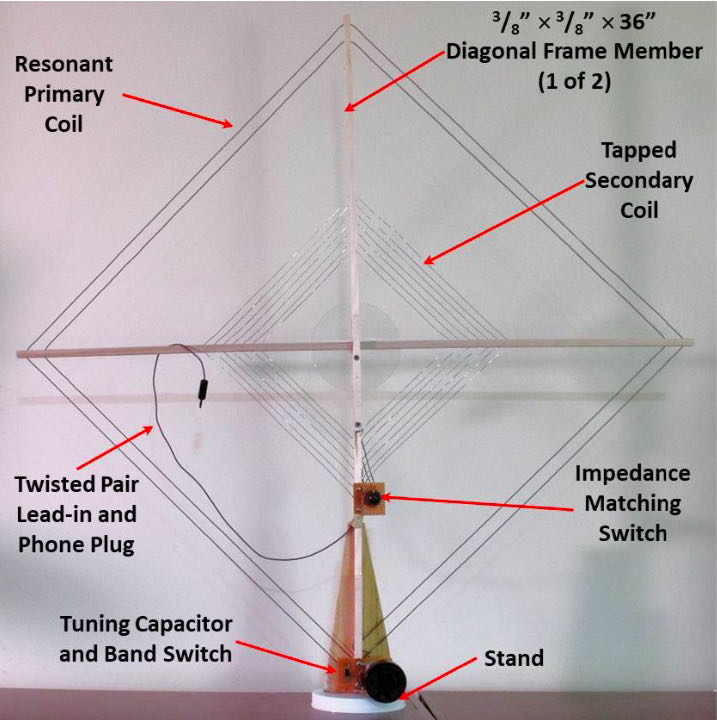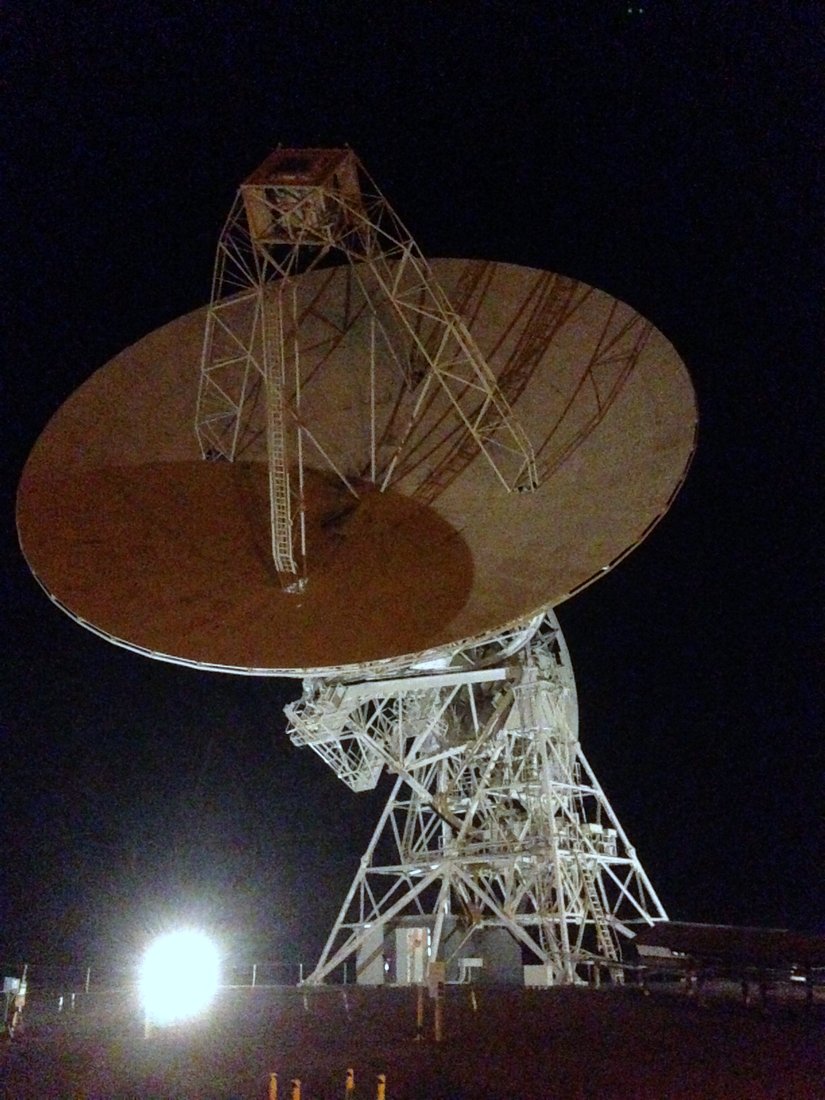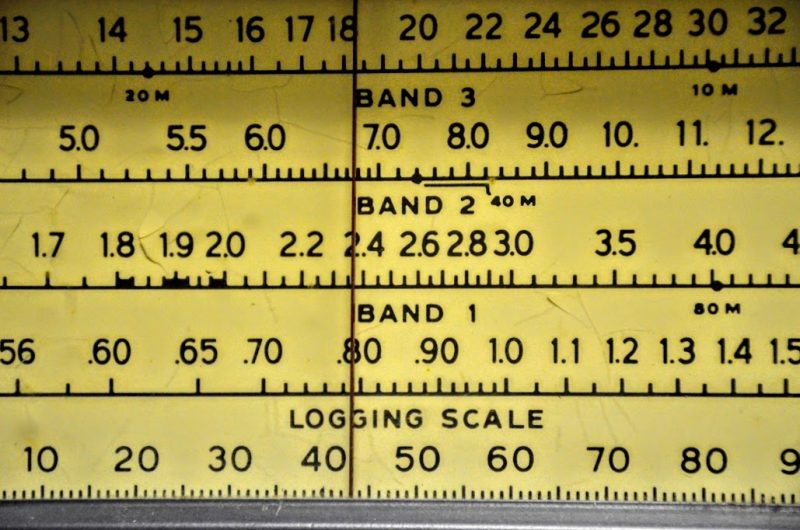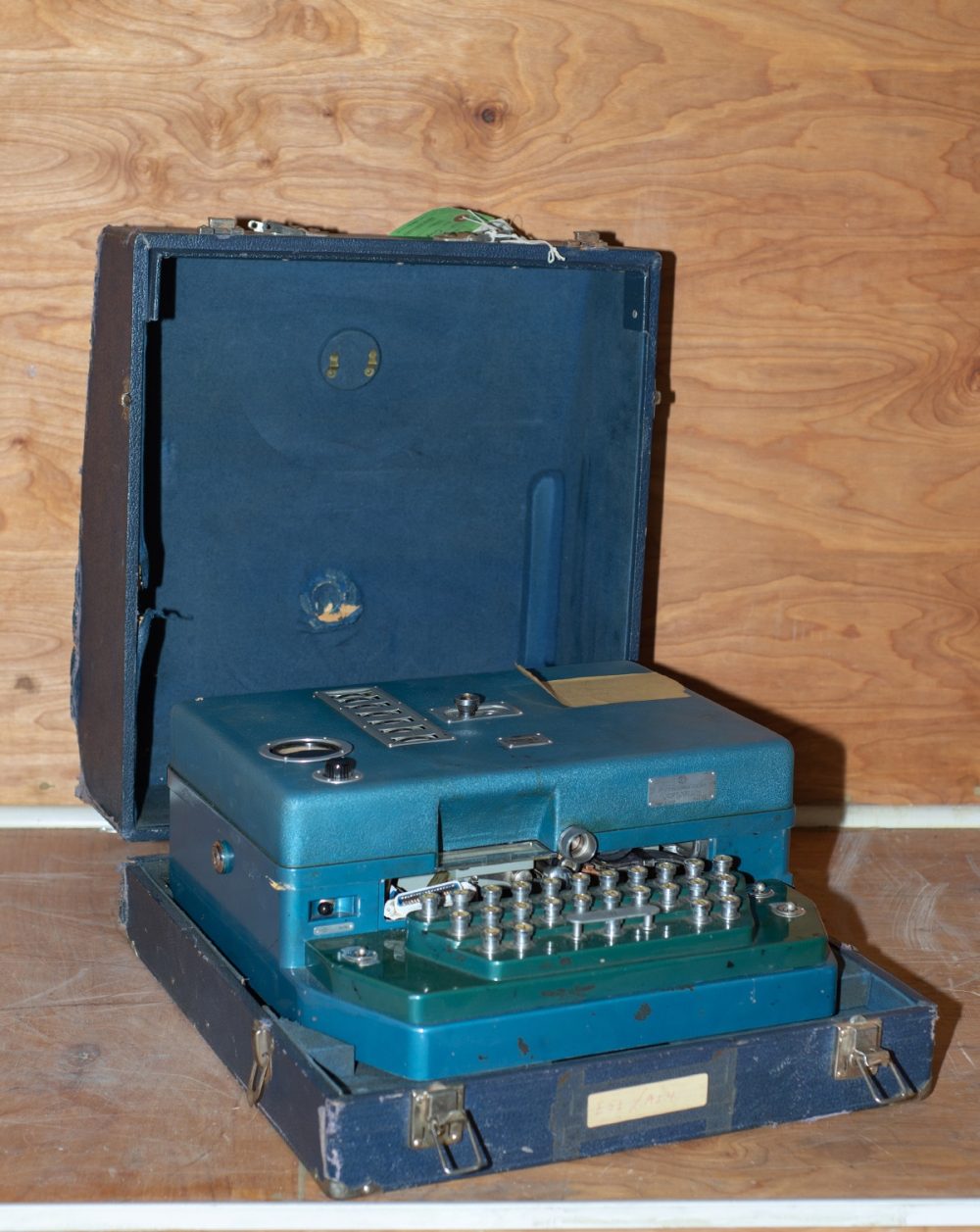
OMI Cryptograph, an Italian cipher machine built by Ottico Meccanica Italiana (OMI), is part of the National Cryptologic Museum’s (NCM) collection of artifacts. (Photo by NCM)
Many thanks to SWLing Post contributor, Andrea Borgnino, who shared the following news from the NSA Museum (the National Cryptologic Museum) in Fort Meade:
FORT MEADE, Md. — At the outbreak of WWII in 1939, Nazi Germany’s Enigma encryption machine stood as the state-of-the art method for sending and receiving secret messages. It wasn’t until 1940 that English mathematician Alan Turing, and the team at Bletchley Park, cracked the daily changes Berlin made to its cipher system, and helped the Allied powers win the war.
While the Enigma stands out as the most famous of encryption machines, Italy, set out to develop a high-end machine to rival its war partner, Germany. In 1939 Italy’s government secretly tasked a little-known photogrammetric equipment company, Ottico Meccanica Italiana (OMI), to build a device capable of rivaling its more famous cousin. Founded in 1926, OMI’s tools were used to create precision topographical maps and surveys using stereoscopic aerial photography. The technical expertise made OMI a natural fit for the job. The end result was OMI’s first cipher machine known as the Cryptograph Alpha.
OMI built cipher devices throughout WWII, and into the 1960’s, including: the OMI Cryptograph, the OMI Cryptograph-CR and the OMI Cryptograph-CR MkII. While many of these devices managed to survive passing through the hands of various collectors and museums, examples of the second iteration, the OMI Cryptograph machines, were widely believed to have been destroyed long ago. Until now. Digging through its vast collection of warehoused artifacts, the National Cryptologic Museum (NCM), curators found an OMI Cryptograph machine in its collection.
NCM Collections Manager Spencer Allenbaugh recently discovered the OMI Cryptograph in a dusty crate and immediately knew he had found a treasure.
“This find gives the National Cryptologic Museum the chance to recover an artifact once thought to be lost forever. This device provides a small glimpse into Italy’s cryptologic history and how Italian cryptologists operated during that time period. This recovery also strengthens our already-strong reputation in the field of cryptologic history and will give people more reason to come and see the device up close once the museum re-opens,” said Allenbaugh.
“When the device is on display, researchers and historians will have the opportunity to see the artifact, study it, and learn more about its history and design,” he added.
Originally introduced around 1954, the OMI Cryptograph operated similarly to the German Enigma, with five moving cipher wheels to encipher/decipher messages, but, unlike the military Enigmas, it also had a built-in printer that produced its output directly onto a paper strip. This model was operational until the late 1950s when the OMI Cryptograph-CR succeeded it.
Visitors to the NCM can look forward to see this treasure on exhibit when museum renovations are completed and the museum reopens in Spring of 2022.
Click here to read this story at the NSA website.
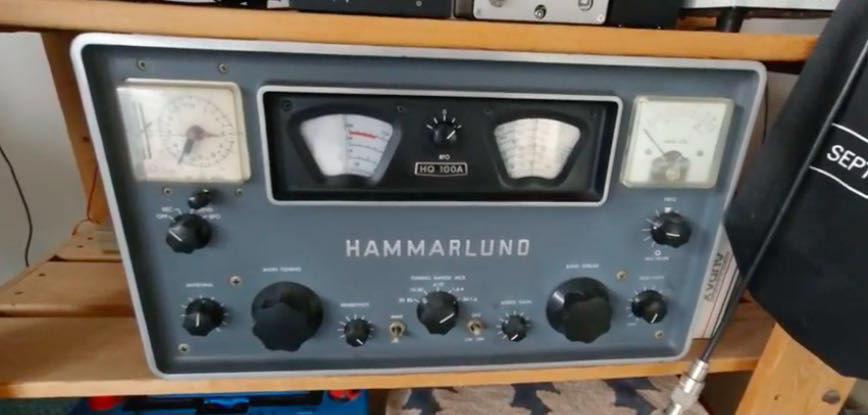 Many thanks to SWLing Post contributor, Jeremy Clark (VE3PKC), who writes:
Many thanks to SWLing Post contributor, Jeremy Clark (VE3PKC), who writes:

